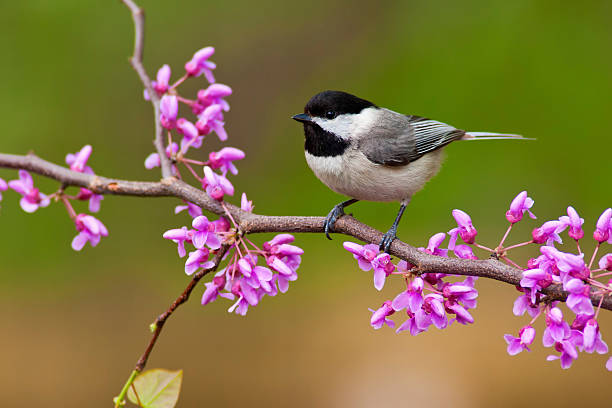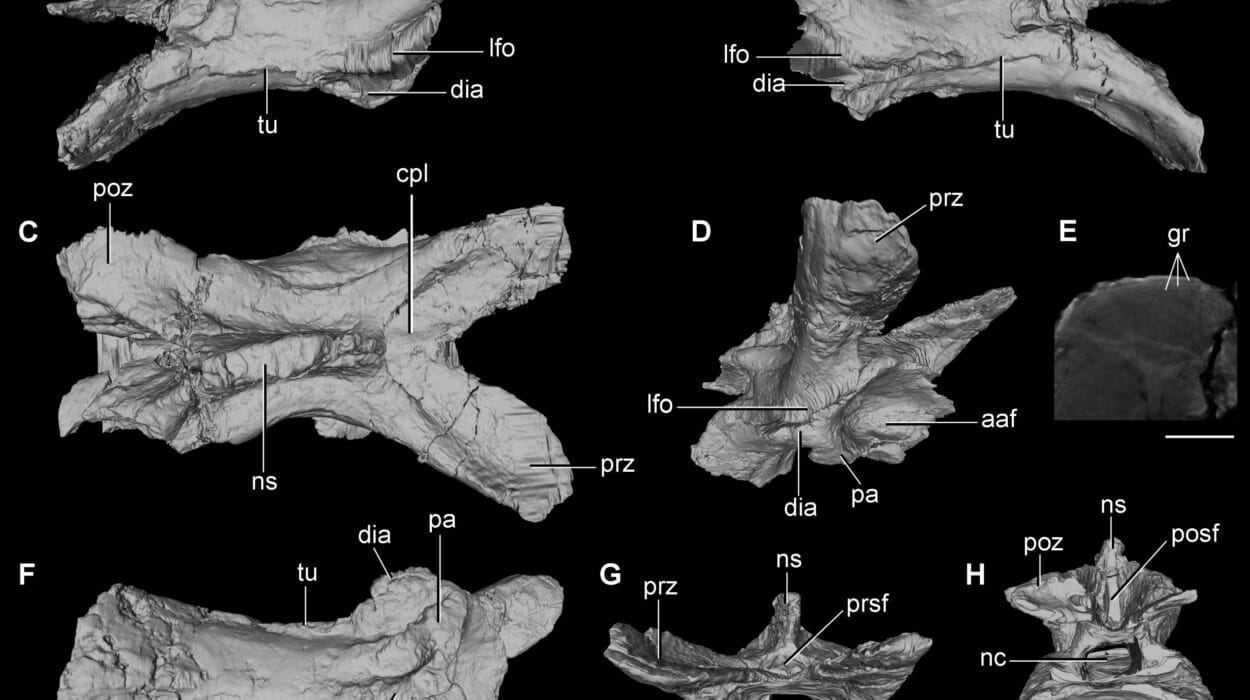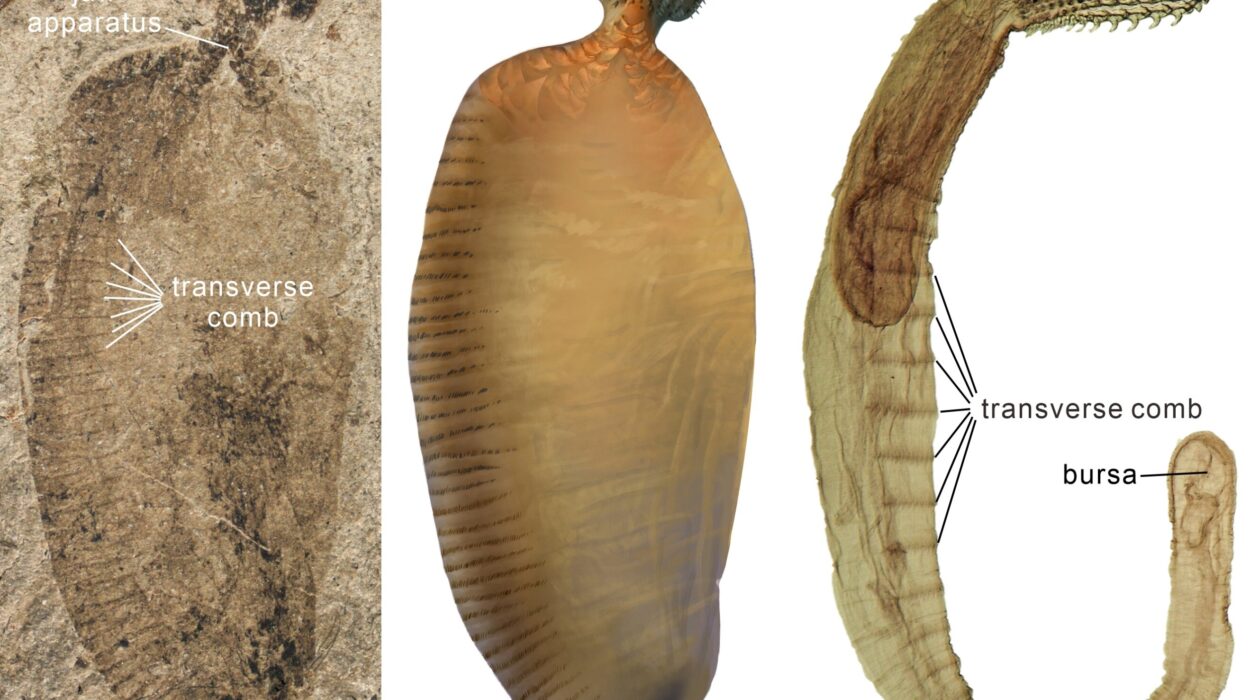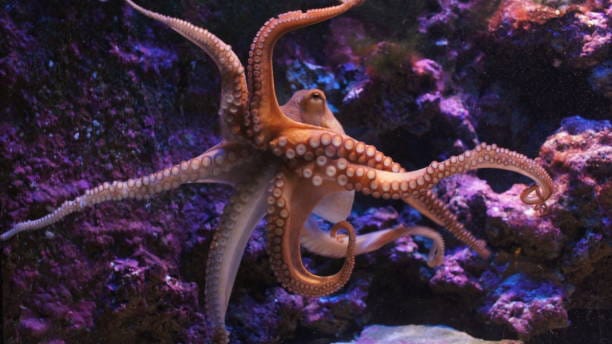In a quiet laboratory filled with birdsong and beams of infrared light, a team of neuroscientists has uncovered a remarkable secret in the mind of a songbird: the simple act of looking at a place can awaken the brain’s spatial memory as vividly as physically being there.
At the Zuckerman Mind Brain Behavior Institute at Columbia University, researchers studying black-capped chickadees—a tiny, clever species native to North America—have made a discovery that reshapes how we understand the link between vision and memory. Their findings, published this week in Nature, show that hippocampal “place cells,” long thought to fire only when an animal moves into a specific location, also activate when a bird merely looks at that location from a distance.
In other words, the brain’s map doesn’t wait for footsteps—it responds to the gaze.
This breakthrough offers a new window into how animals—and possibly humans—build internal maps of the world, allowing them to plan, navigate, and remember based on what they see, not just where they are.
The Curious Chickadee and the Secrets of Spatial Memory
Black-capped chickadees are not your average lab animal. Unlike rodents, which dominate behavioral neuroscience, chickadees are highly visual creatures. They store food in hundreds of places and remember where to find it later, even after days or weeks have passed. That makes them ideal for studying memory. But there was something else that intrigued the Columbia team: chickadees have excellent gaze control.
“Most lab animals like mice or rats don’t have the kind of precise, head-directed gaze behavior that birds do,” explained Dr. Dmitriy Aronov, senior author of the study. “With chickadees, we had a chance to track exactly where they were looking, and what was happening in their brain at that exact moment.”
The study involved eight chickadees trained to perform a visual search task inside a 61-centimeter arena fitted with identical perches, lights, and motorized feeders. The birds were taught to wait for a light cue that would reveal which perch held a food reward. In one version of the experiment, the reward site lit up randomly. In another, more revealing condition, the reward site only activated when the bird looked at it.
What made the study technically extraordinary was its precise tracking system. The researchers adapted a multi-camera setup to follow tiny infrared-reflective markers placed on the birds’ heads. Using this data, they could calculate head position and orientation with high accuracy. Then, by combining this with a dual-camera video-oculography system that estimated pupil direction from corneal reflections, they could map out the birds’ gaze with unprecedented precision.
Unlike humans and primates, chickadees move their eyes very little. Instead, they rely on head movements to aim their vision. That meant head orientation could serve as a reliable proxy for where the bird was looking—and what it was thinking about.
A Brain on the Move—Even When the Body is Still
What they found inside the chickadee’s hippocampus, the region of the brain known for spatial memory, was astonishing.
Using ultra-thin silicon probes implanted in the anterior hippocampus, the team recorded the activity of 1,929 excitatory neurons. Of these, 62% showed classic “place coding”—they fired when the bird moved into specific parts of the arena. But 57% also showed what the researchers called “gaze tuning”—changes in firing rate depending on where the bird was looking while stationary.
Even more intriguing, among the neurons that fired based on location, 75% also responded to gaze direction. That meant the same neurons that encode being somewhere were also activated simply by looking at that place from afar.
In 95% of these dual-responsive cells, the preferred locations for physical presence and gaze overlapped. So if a neuron fired when a bird landed on perch three, it also fired when the bird just looked at perch three—even from across the arena.
This remarkable overlap suggests that the brain doesn’t keep separate systems for experiencing a place and remembering it. Instead, both are unified in a single neural map that can be activated either by movement or by attention.
“Our results show that looking at a place is enough to bring that location alive in the brain,” said Dr. Aronov. “The hippocampus doesn’t wait for you to walk somewhere—it lights up as soon as you direct your attention.”
The Pulse of Attention: Saccades and the Rhythm of Thought
One of the most vivid findings came from studying rapid head movements, or “head saccades,” as the birds shifted gaze between locations. Each time a bird jerked its head toward a new target, place cells in the hippocampus showed a two-phase response: an early component that fired before the gaze landed, and a later component that followed shortly after.
This biphasic pattern suggests the hippocampus is doing two things in sync: predicting where attention is going, and responding to the visual information once it arrives. It’s as if the brain is reaching out into the world a split second before the eyes do.
Even the timing of this neural activity appeared rhythmic. Inhibitory interneurons—cells that regulate the firing of others—showed firing patterns that oscillated in phase with saccadic head movements, creating a kind of heartbeat of attention.
This rhythm may allow the hippocampus to refresh its spatial map multiple times per second, giving the brain a real-time, gaze-driven GPS system.
Why This Matters: From Chickadees to Consciousness
This study may seem niche—after all, few of us live like chickadees, stashing seeds in tree bark. But the implications are profound.
In humans and other animals, spatial memory underpins everything from finding your car in a parking lot to imagining your childhood bedroom. The hippocampus is central to that process. And if vision alone can activate place cells, it means that simply looking around is enough to call up memories, chart routes, or prepare for future actions.
This also bridges a gap between what we know from rodent studies and what’s been hinted at in primate research. Earlier studies in monkeys showed that some hippocampal neurons respond to gaze, but the animals were usually restrained or stationary. This new work in freely moving birds fills in a critical missing link—showing that active visual attention engages the spatial memory system in real time.
The findings could inform future studies on how humans mentally navigate imagined spaces, recall scenes, or experience déjà vu. It may even shape research into disorders like Alzheimer’s disease, where spatial disorientation is one of the earliest symptoms.
“Our study shows that memory and vision are not separate systems,” said Dr. Aronov. “They are deeply entwined—and perhaps always have been.”
The Map is in the Eyes
In the end, this research reveals a simple yet profound truth: memory is not just stored in the past—it is projected into the present by where we choose to look. The humble chickadee, with its darting head and bright eyes, shows us that attention is not passive. It is a force that animates the internal world, calls up memories from a distance, and helps us navigate a complex, ever-changing landscape.
Every time you turn your head, your brain is lighting up a map. And perhaps, just like the chickadee, you’re remembering not just where you’ve been—but where you long to go.
References: Hannah L. Payne et al, Remote activation of place codes by gaze in a highly visual animal, Nature (2025). DOI: 10.1038/s41586-025-09101-z
Uwe Mayer, ‘Place’ neurons recognize the same spot from close by and far away, Nature (2025). DOI: 10.1038/d41586-025-01716-6






